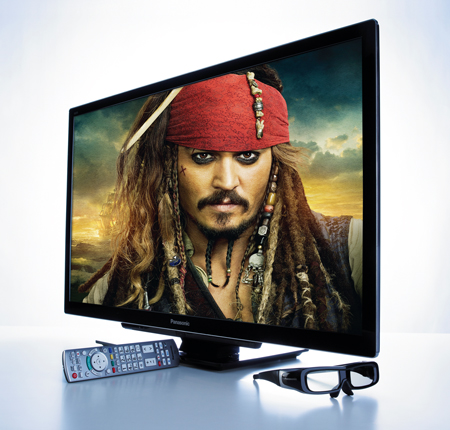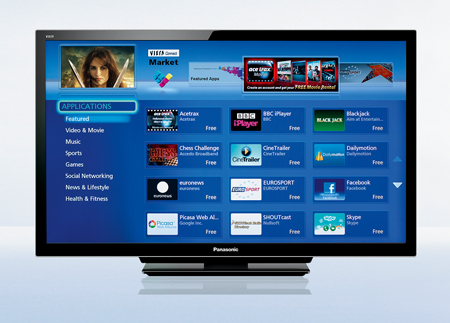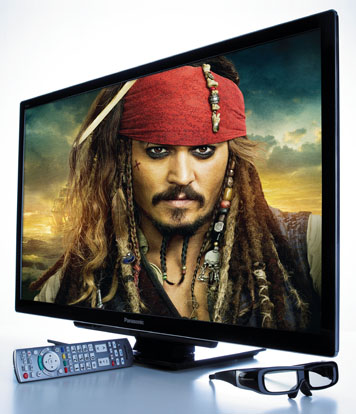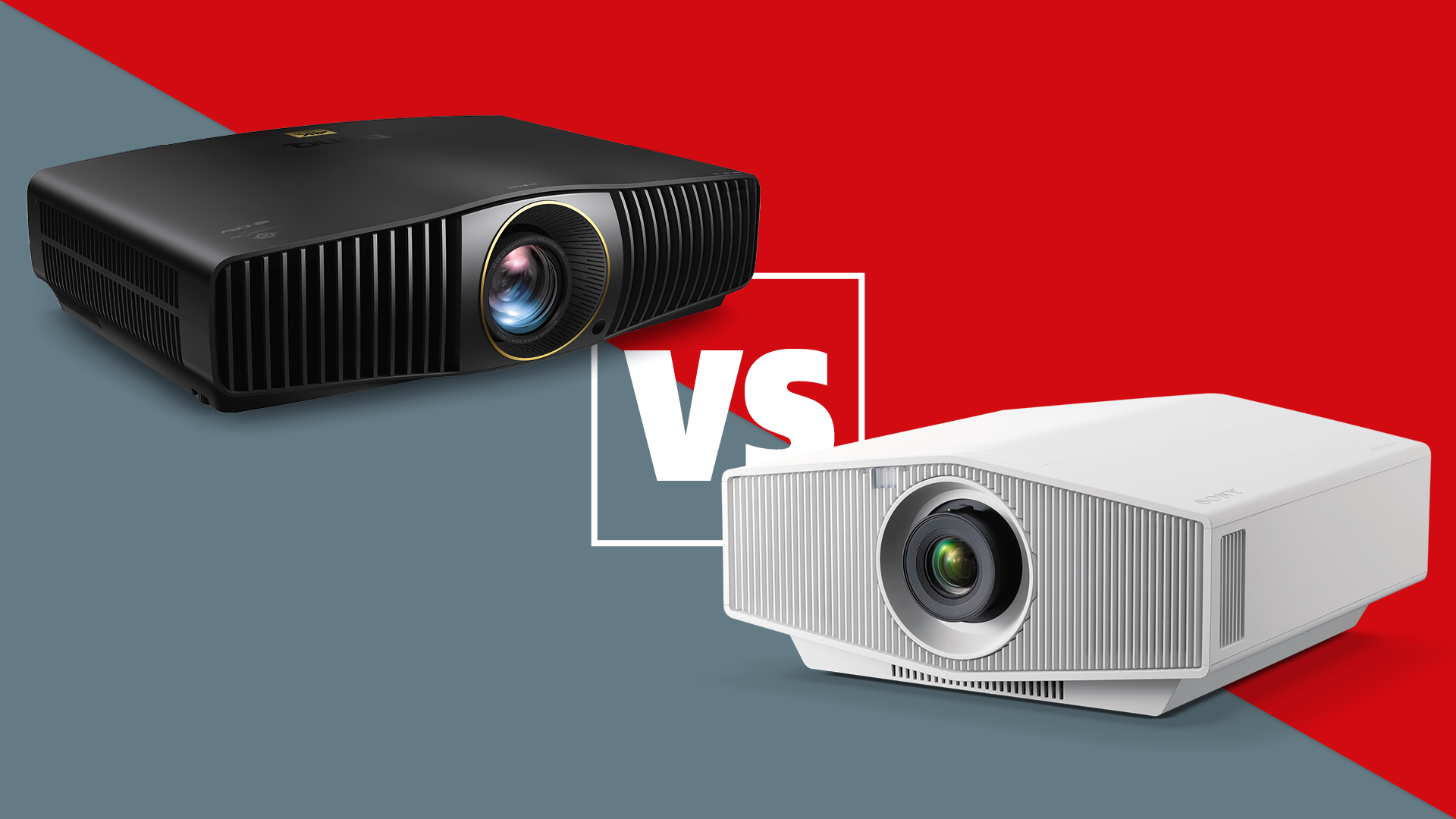What Hi-Fi? Verdict
This was a favourite at £1200, so at this price it's a steal
Pros
- +
Stunning picture quality
- +
good sound
- +
excellent specification
- +
value
Cons
- -
You can buy a larger TV for this money
- -
3D glasses are costly
Why you can trust What Hi-Fi?
We’ve been pondering the validity of small 3D TVs since the technology made
its reappearance last year. And we’re about to get the answer, as all the major players have sub-40in 3D models in their 2011 ranges.
This 37in Panasonic is the very first – and the company’s first 3D LCD, too.
The TX-L37DT30 is also the debut of Panasonic’s brand-new IPS Alpha LCD panel, which the company says has ultra-fast response, a wide viewing angle and produces minimises crosstalk in 3D.
We’ll get to the validity of those claims shortly, but there’s no denying that the locally dimming edge-LED backlight, 400Hz backlight-scanning Intelligent Frame Creation Pro, Freesat and Freeview HD tuners, USB recording and the new Viera Connect web portal make the DT30 a very well-specified flatscreen.
It’s darn good looking, too. Slim and shiny, and built with premium materials, it’s a compact set: next to last year’s models it looks more like a 32incher, so you can get a bigger visible screen into the same space.
Looks and build quality can’t justify that distinctly premium price alone, though, and specs shouldn’t seal the deal, either. Thankfully, Panasonic has clearly put just as much effort into performance.
The latest hi-fi, home cinema and tech news, reviews, buying advice and deals, direct to your inbox.

Panasonic's 3D glasses cost £100 extra
Motion-processing beats Sony’s sets
Harry Potter and the Order of the Phoenix has been one of our favourite test Blu-rays for a long time, and with good reason – it provides a brilliant test of all aspects of performance, from detail recovery to colour balance, contrast to motion handling.
The Panasonic comes out of it smelling of roses. Perhaps it’s the motion processing that provides the biggest and most welcome surprise.
Sony has sat at the top for ages in this regard, but the tricky vertical and horizontal pans that mark out the opening of the film and the faster, less predictable motion during the battle towards the end prove that this Panasonic is even better.
It’s crisp, solid and judder-free, and yet it manages to avoid looking unreal or cut-out.
It’s also striking how three-dimensional the 2D Blu-ray looks, with palpable depth
to scenery and a real sense of roundness and solidity to characters’ faces.
This three-dimensionality is undoubtedly a result of all the picture elements pulling
in the same direction: the subtle, expansive colour palette is able to better communicate shape-defining shades, pin-sharp edges make foreground images really pop, and brilliant insight draws out all the little details.
In fact, one of the reasons we’d leave the built-in 2D-to-3D conversion feature alone
is that it adds little to an image that already looks impressively deep.

New Viera Connect web portal has more apps including BBC iPlayer
None more black
Oh, and while we’re on the subject of deep, that’s exactly what the DT30’s blacks are. These aren’t all-consuming, muggy blacks, though – crisp details still emerge and light sparkles off shiny surfaces.
It’s deepest with the CATS (Contrast Auto Tracking System) feature switched
on, but that does sacrifice a touch of overall punch.
For us that balance worked best, but you might prefer slightly lighter blacks in favour of greater all-out vibrancy.
Of course, if you’ve convinced yourself to spend this kind of money on a telly, the idea of 3D probably has at least a passing appeal, and the DT30 excels here, too.
All of the qualities that make 2D great – detail, definition, colours and motion – have the same effect with proper 3D, and the DT30 also adds excellent image control to its list of traits, too.
We’ve seen plasmas with a smidge less crosstalk, but this gets close to those and adds greater depth and dynamism.
You’ll need to sit fairly close to the screen in order to fully immerse yourself in the picture, but with most Blu-rays and games going for depth over pop-out effects, a 37in TV is just as legitimate as anything bigger.
Our one serious complaint is that you don’t get any glasses in the box – and buying them separately will set you back around £100 a pair.
Outstanding 2D performance
Moving back to 2D, whether you opt for high-def pictures from a console or one of the two tuners (Freesat looks nicest if you can receive it), or do some standard-
definition upscaling, the Panasonic excels.
In short, it surpasses every other 37in TV we’ve seen in just about every way.
It even sounds decent, with impressive directness, detail and balance making for perfectly live-with-able audio.
Yes, you can buy a 37in TV for a great deal less than this, but it won’t be 3D and – more importantly – it won’t perform nearly as well. You get what you pay for, and we’d definitely pay for the DT30.
Follow whathifi on Twitter
What Hi-Fi?, founded in 1976, is the world's leading independent guide to buying and owning hi-fi and home entertainment products. Our comprehensive tests help you buy the very best for your money, with our advice sections giving you step-by-step information on how to get even more from your music and movies. Everything is tested by our dedicated team of in-house reviewers in our custom-built test rooms in London, Reading and Bath. Our coveted five-star rating and Awards are recognised all over the world as the ultimate seal of approval, so you can buy with absolute confidence.


